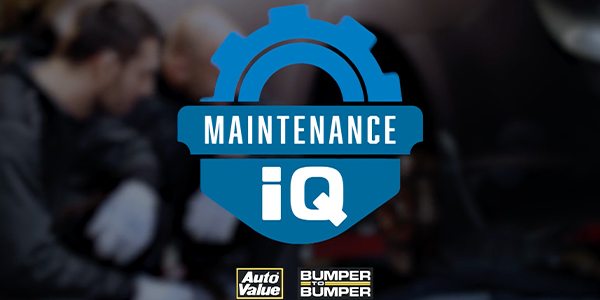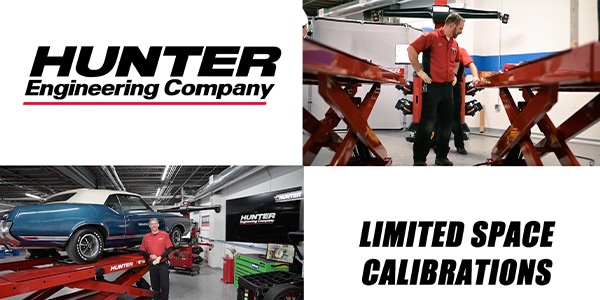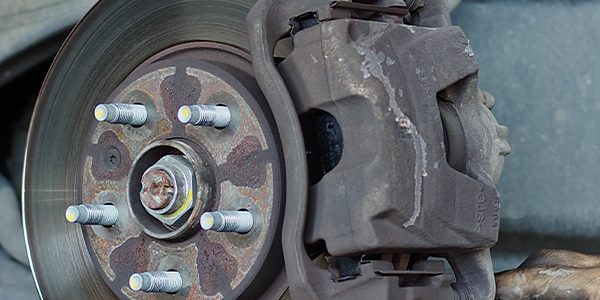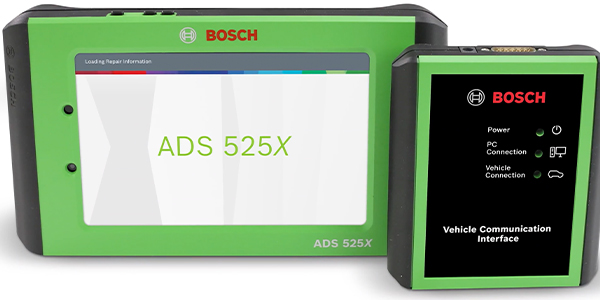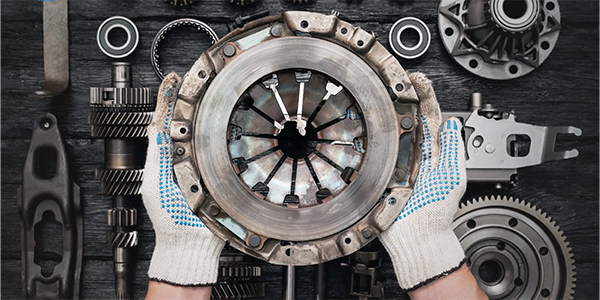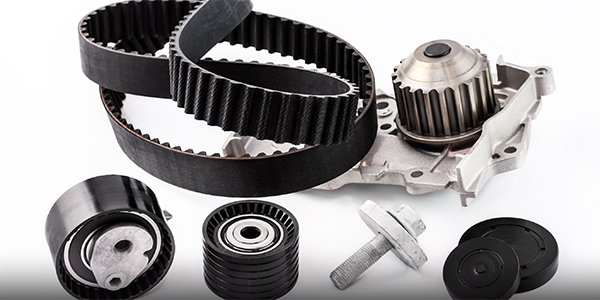CC: Drivers just KNOW certain things to be true: their cars always drive better when they’re clean; gas is always more expensive when the needle approaches E; and every serpentine belt is good for a 100k miles or until it starts to crack.
Without commenting on the first two, statement 3 is unlikely to pan out. Yes, the OE serpentine belt IS likely to last 90K miles, and no, the belt is not going to crack, but what customers (and many techs) don’t remember is that the belt operates as part of a system. Neglecting to address the condition of the other components – a worn tensioner, idler pulley bearing failure or component alignment issue – will likely stress the belt unnecessarily and cause premature failure and possible engine damage.
Most vehicle owners know that a noisy belt means something might be wrong. But the cramped conditions under the hoods of many of your customers’ cars can make it difficult for them to visualize how the system works together and understand what can happen if one of the parts fails.
Remember, replacing the belt rarely stops the noise on its own. The serpentine belt – also known as the accessory belt – drives the alternator, the power-steering pump, the air-conditioning compressor and sometimes the water pump, via the crankshaft. It’s part of a system known as the Accessory Belt Drive System. In addition to the belt, this system usually includes an automatic belt tensioner, a torsional vibration damper and a decoupler pulley. All of these parts work together smoothly to drive the alternator and those other critical components that we just talked about, while protecting those components from undue stress and premature failure. The key point to convey to your customers is if ONE part in the accessory belt drive system is compromised, that usually means that they’re ALL compromised.
There are a number of things to inspect when checking the serpentine belt system. First is noise. A belt squeal heard during engine startup or during parking maneuvers or during an alternator load test is the first sign that not only a belt inspection needed, but a complete serpentine belt SYSTEM inspection is due.
While the engine is running, watch the belt and look for flutter or excessive movement from the automatic tensioner arm. This can indicate that the damper in the tensioner is worn. It could also mean that the decoupler pulley (if equipped) on the alternator needs further inspection.
The spray bottle test can be used to wet the belt with water and isolate belt noise from tensioner, idler pulley and attached component noises.
Visual inspection of serpentine belts is changing. In the past, cracked and missing pieces were easy to spot. With advanced EPDM rubber materials, belt ribs don’t crack like they did within the old familiar timeframes. For the majority of modern belts, the replacement specificationinvolves measuring the depths of the grooves and determining how well the belt is wedging in the pulleys. When the belt is past the wear specification, the top of the groove bottoms out on the pulleys. The walls of the grooves on the belt are no longer able to grip and drive the accessories.
Look at the tensioners and pulleys for rust bleed, an indicator that the internal components of the tensioner have been compromised.
It is common practice in the automotive industry to replace belts every 60,000 to 90,000 miles. But it’s important to note that the design life of belt tensioners, idlers, torsional vibration dampers and pulleys are the same as the belt – they are wear parts too – contrary to what many technicians believe. If the belt is at the end of its lifecycle, chances are the OTHER components will need to be replaced too, because they all wear at about the same rate.
This video is sponsored by The Group Training Academy.


